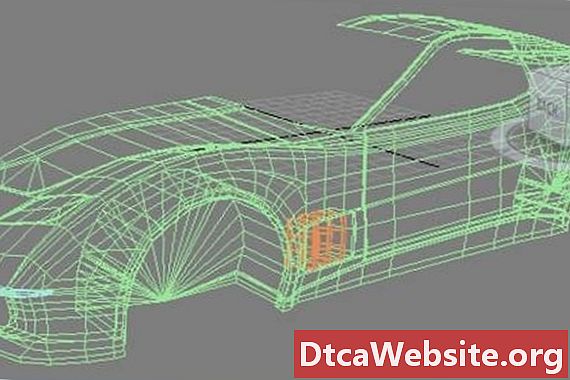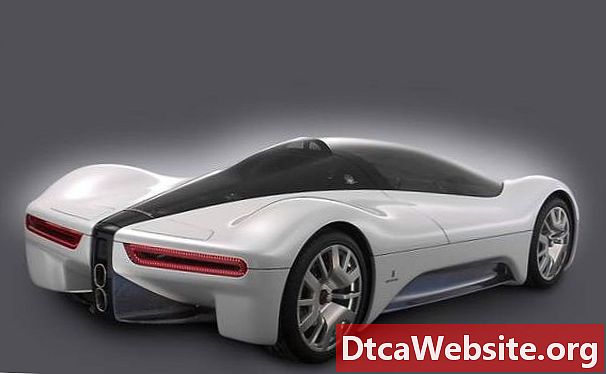
Contenu

Since the second automobile, designers have attempted to make the basic four-wheeled vehicle better than the previous model. Designing a fast car is not as easy as installing a hefty engine, then mashing the accelerator. To truly gain lofty speeds, the design must account for weight, aerodynamics and power.
Designing a Concept Car
Step 1
Until the late 1970s, automobiles were designed by drafting engineers, not computers. The designer would draft a concept, put it into clay form, work out the dimensions, and then build a prototype. Nowadays, the entire creative process is done by computers Since most cars are built for economy over speed, computers reduce waste wherever possible. This might make a useful, economical automobile, but does not excite as much as a hand-built, fast car.
Step 2
A truly fast ride will have a very low drag coefficient. Drag coefficient is the amount of air that is pushed against by the car as it is driven down the road. Large, flat surfaces have a high drag coefficient, while smooth, rounded ones let air pass around them. "Top gun" automobiles that are able to exceed 140 miles per hour must be aerodynamic. Design a car with rounded, sweeping curves, and a minimal amount of air scoops or other stylish but inefficient add-ons. Be sure to look at the shape of the wheel wells, as the wheels and tires will cause drag if they are too wide or have too large an opening.
Step 3
Air displacement is an important factor but not nearly as much as weight. A heavy car, built from metal and iron, will take more power to push than a light car made from fiberglass and aluminum. Take every material and ensure it is as light as possible while retaining its strength. Wheels, frame, seats and engine are some of the heavier components that manufacturers look at to reduce weight. Adding to the aerodynamics of a vehicle is its height from the ground. The lower a car is to the pavement, the less disturbed the cars "envelope" is while in motion. Air underneath the car can actually cause it to act like a wing and become airborne at speeds over 100 MPH.
After a body shape is selected and materials are chosen for strength and weight, power and hardware can be designed. While electric-powered cars are faster than gasoline cars, their lack of range can be a hindrance. If the car is to perform speed testing for a short time, then a large power plant would work. Should the car need to hold sustained speeds, a balance of power and economy must be factored into the design.
Tip
- Rear wings and spoilers, derived from race-car technology, are for rear wheeled vehicles only. The wing pushes on the rear of the car, putting more of the vehicles weight to the rear wheels. On front-wheel drive cars, this slows the car down considerably.
Items you will need
- Drafting paper
- Writing instruments
- Calculator



